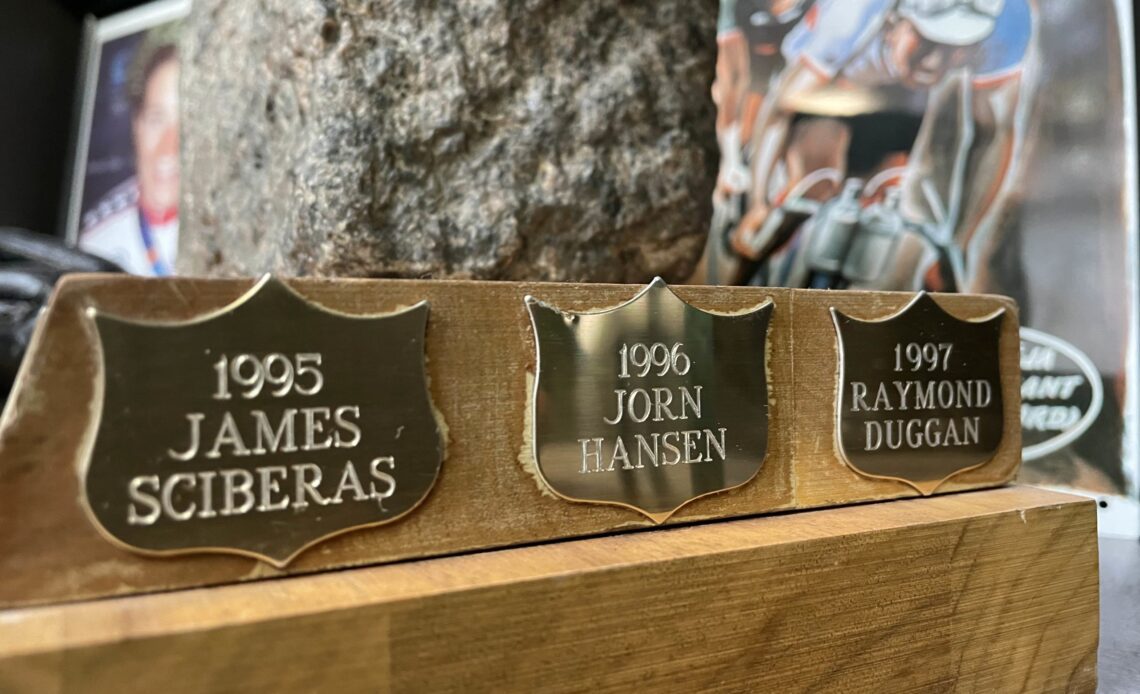October 23 marks another edition of the Fall version of the annual road/gravel race, the “Hell of the North.” The event is a 90 km race that starts in Ballantrae, Ontario and follows some of the toughest dirt and off-road sections in the greater Toronto area. There’s also the “Heck of the North” which is a slightly more civilized race at 70 Km, and contains much of the same route, but without any of the nasty off-road sections. The Hell of the North deservedly earns its name not only from the gravel roads, but the infamous “trench:” a 10 km section through a grimy, muddy “path” which often decides the race.
A tough race from its inception
The race has some serious history. It began in 1986, organized by the late Mike Barry Sr., father of former professional cyclist, Michael Barry. It then changed hands to Ed Veal/Real Deal Racing, along with Heath Cockburn. After that, it has been run solely by Veal.
Mike Barry organized hundreds of events both in the United Kingdom in Canada, from Spring to Fall. When Barry organized Toronto’s Paris-Roubaix, as it was then known, it was run by him, his wife Clare, and a small group of friends who would volunteer their time. They’d mark the route, plot out logistics and arrange registration. Back then there was no internet to register, everything was done on the day of the race.
The race was Barry’s pride and joy. He would drive the course with his wife and mark down every section, corner, hill or obstacle by hand. There was no GPS, just a map and a clipboard. It had to be done manually. His son Michael Barry said that it was never a chore. His father loved the race and would spend days and weeks preparing it.
Brutal conditions
Mike Barry always wanted the worst conditions for his early spring race, to make it as tough as possible. “The first year of the event was a success as it snowed, rained and was hell for most participants. In an era before gravel bikes most participants rode their road bikes while a few had the foresight to ride cyclo-cross bikes,” according to Michael Barry. “ It added to the resistance of pushing through slush, snow and ice, the bikes became bogged down with frozen muck. Wheels barely moved, gears didn’t work, toes froze, icicles formed on nostrils.”
Michael Barry raced it from a young age, and remembers every edition he did. He rode it yearly until he was a second year junior. After that, he’d be down…
Click Here to Read the Full Original Article at Canadian Cycling Magazine…

